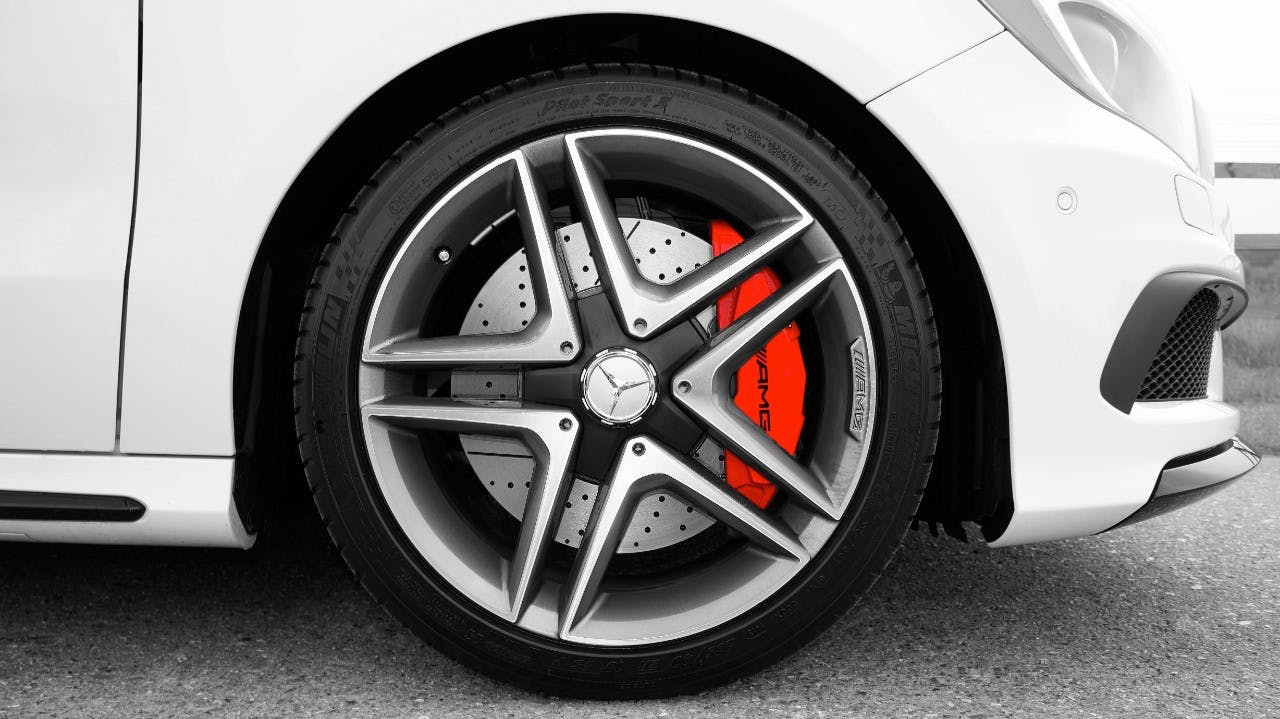There are tremendous benefits to fitting your car with deep dish rims. These wheels are often cast from aluminium alloys, which means they are lightweight but durable. There are many designs to choose from, which allows drivers from all walks of life to give their vehicles a unique look. Sizes can range from 13″ up to 24″ and beyond, and alloys can stand up to the UK’s roughest driving conditions. Read on for some additional information on deep dish wheels and alloys for more visit Ssangyong Contract Hire.
Composite and One-Piece Wheels
Wheels are typically made as a single unit, but they can also be made as two- or three-piece composites. One-piece rims are less expensive because there’s no extra assembly required; initial setup of tools and moulds may be pricey, but manufacturing is much faster. One-piece wheels are usually lighter, because there are no bolts connecting pieces together.
The main advantage of composite wheels is that they offer perfect fitment for any car, which is perfect for older vehicles and those with rare stud patterns and offsets. Composite wheels can give a vehicle a very unique look, which makes them very desirable among import enthusiasts.
PCDs and Stud Patterns
The PCD (pitch circle diameter) is the diameter of a circle drawn through the centres of the stud holes, and it is usually measured with the placement of a rule from the outer left side of a nut hole to the left side of the adjacent nut hole. This measurement is applicable to all wheels with 4, 5 or 6 studs, and is shown as the number of studs/the diameter in millimeters.
Offset
A wheel’s offset is the millimeter distance between its mounting surface and the centre line. A wheel with positive offset has a mounting surface forward of the centre line. Wheels with negative offsets have a mounting surface behind the centre line. These deep dish wheels sit further from the car, and they can have a large boss on the wheel back for Ssangyong Used Cars.
To find a wheel’s offset, measure the backspacing from the mounting surface to the back edge.
Measure the edge-to-edge width or add 1″ to the manufacturer-stated wheel size.
Multiply by 25.4 to switch to millimeters and divide that number by two to find the centre line.
Subtract that measurement from the backspacing measurement.
You will end up with either a negative or a positive offset. Changing offset can increase strain on axles, suspension components and steering parts. Therefore, it’s important to choose the right offset when buying deep dish rims.
Caring for Alloy Rims
The easiest way to keep deep dish wheels from looking new is to stay away from commercial wheel cleaners. Soapy, warm water is the best cleaner, and wheels will be streak-free as long as you dry them right away.

